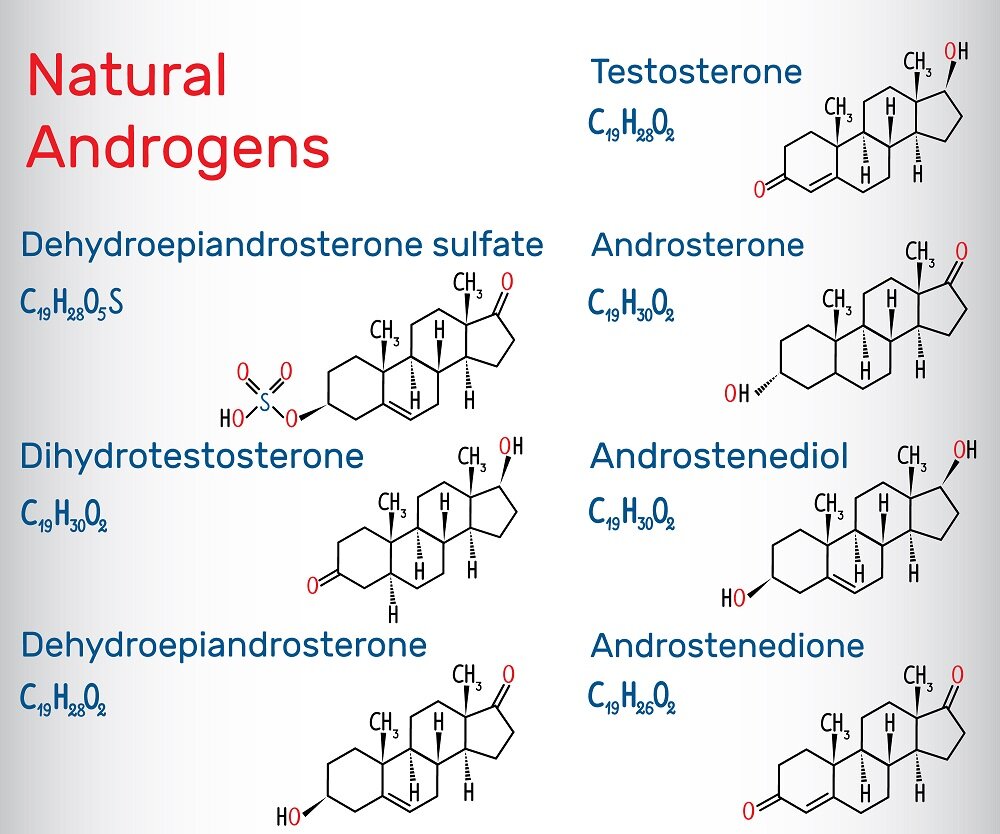Researchers think that the same male hormones that cause features such as a full beard, chest hair and hair loss might be linked to vulnerability of patients to SARS-CoV-2
Comments and suggestions are welcome! Don't hesitate and leave them on our comment section down below the article
Intensive care units around the world ar filling up with COVID-19 patients - There seems to be a discrepancy between the amount of male and female patients - Image Credit: shutterstock - HDR tune Universal-Sci
The new coronavirus (SARS-CoV-2) remains a global threat. At the time of writing, the number of confirmed infections exceeds 1,5 million worldwide, claiming over 90.000 lives. Scientists and doctors are fighting the virus day and night, helping people and trying to mitigate its damage.
We are slowly learning more about the virus and its disease (COVID-19). One of the mysteries that has scientists still scratching their heads is the difference in the severity of symptoms that people experience. How is it that one patient has only mild symptoms while the other has to fight for his or her life?
Certainly, factors like underlying health conditions and age are partly responsible for this discrepancy. However, these factors don't explain the casualties among young and otherwise healthy people. In the search for answers, researchers have come across a conspicuous trend. It turns out that men often have way more serious symptoms than women. Additionally, the number of fatalities among young men is significantly higher.
Dr. Carlos Wambier, affiliated with Brown University's Warren Alpert Medical School and a team of scientists from around the world, have laid the groundwork for a hypothesis regarding the subject in a letter to the science journal dermatologic therapy. They think that the same male hormones that cause hair loss might be connected to the vulnerability of patients to SARS-CoV-2.
Although it is still too early to draw conclusions as additional research is necessary. Dr. Wambier stated that a connection between androgen hormones and coronavirus disease could aid in explaining the greater severity of symptoms for men and have implications for the way health care providers treat and test their patients.
Natural Androgens - Credit Bacsica via shutterstock
An androgen is a steroid hormone that regulates the maintenance and development of typical male characteristics. Testosterone, in addition to dihydrotestosterone (also known as DHT) and androstenedione, are the most significant androgen in males. One of the effects of DHT is that it contributes to balding in adulthood.
In an interview with the Brown University news website, Wambier indicated his and his team's most important insight is that excess activation of androgens is at its core connected to the weakness of patients to the new coronavirus. This is due to the fact the first step to the virus's entrance into a cell is a "bite" from a protease enzyme that is produced only by the work of androgen hormones. It appears that the infection by the new coronavirus is mediated by androgens.
If the connection between androgen and the vulnerability of patients to SARS-CoV-2 will be confirmed in the future, it may have large implications for the treatment of COVID-19. It might be that different classes of anti-androgen drugs can help in reducing severe disease symptoms. Vulnerable people like women and men with androgenic alopecia could start taking more comprehensive measures to prevent contracting the virus or at least avoid hazardous environments such as working in emergency departments or intensive care units for COVID-19 patients.
It is imperative that scientists continue research on this topic to get a more solid foundation on which measures can be taken.
Sources and further reading: Androgen / All across the United States, the coronavirus is killing more men than women, data show / Brown University News / What does androgenetic alopecia have to do with COVID‐19? An insight into a potential new therapy
Featured Articles:
If you enjoy our selection of content please consider following Universal-Sci on social media



















